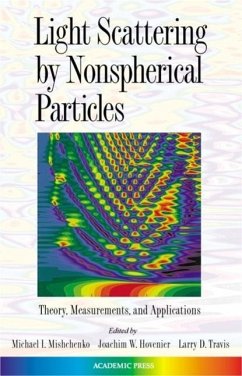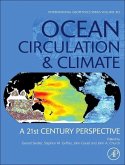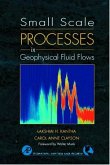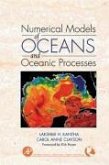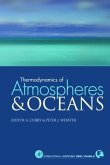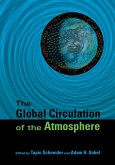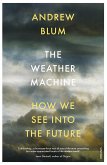There is hardly a field of science or engineering that does not have some interest in light scattering by small particles. For example, this subject is important to climatology because the energy budget for the Earth's atmosphere is strongly affected by scattering of solar radiation by cloud and aerosol particles, and the whole discipline of remote sensing relies largely on analyzing the parameters of radiation scattered by aerosols, clouds, and precipitation. The scattering of light by spherical particles can be easily computed using the conventional Mie theory. However, most small solid particles encountered in natural and laboratory conditions have nonspherical shapes. Examples are soot and mineral aerosols, cirrus cloud particles, snow and frost crystals, ocean hydrosols, interplanetary and cometary dust grains, and microorganisms. It is now well known that scattering properties of nonspherical particles can differ dramatically from those of "equivalent" (e.g., equal-volume or equal-surface-area) spheres. Therefore, the ability to accurately compute or measure light scattering by nonspherical particles in order to clearly understand the effects of particle nonsphericity on light scattering is very important.
The rapid improvement of computers and experimental techniques over the past 20 years and the development of efficient numerical approaches have resulted in major advances in this field which have not been systematically summarized. Because of the universal importance of electromagnetic scattering by nonspherical particles, papers on different aspects of this subject are scattered over dozens of diverse research and engineering journals. Often experts in one discipline (e.g., biology) are unaware of potentially useful results obtained in another discipline (e.g., antennas and propagation). This leads to an inefficient use of the accumulated knowledge and unnecessary redundancy in research activities.
This book offers the first systematic and unified discussion of light scattering by nonspherical particles and its practical applications and represents the state-of-the-art of this important research field. Individual chapters are written by leading experts in respective areas and cover three major disciplines: theoretical and numerical techniques, laboratory measurements, and practical applications. An overview chapter provides a concise general introduction to the subject of nonspherical scattering and should be especially useful to beginners and those interested in fast practical applications. The audience for this book will include graduate students, scientists, and engineers working on specific aspects of electromagnetic scattering by small particles and its applications in remote sensing, geophysics, astrophysics, biomedical optics, and optical engineering.
The rapid improvement of computers and experimental techniques over the past 20 years and the development of efficient numerical approaches have resulted in major advances in this field which have not been systematically summarized. Because of the universal importance of electromagnetic scattering by nonspherical particles, papers on different aspects of this subject are scattered over dozens of diverse research and engineering journals. Often experts in one discipline (e.g., biology) are unaware of potentially useful results obtained in another discipline (e.g., antennas and propagation). This leads to an inefficient use of the accumulated knowledge and unnecessary redundancy in research activities.
This book offers the first systematic and unified discussion of light scattering by nonspherical particles and its practical applications and represents the state-of-the-art of this important research field. Individual chapters are written by leading experts in respective areas and cover three major disciplines: theoretical and numerical techniques, laboratory measurements, and practical applications. An overview chapter provides a concise general introduction to the subject of nonspherical scattering and should be especially useful to beginners and those interested in fast practical applications. The audience for this book will include graduate students, scientists, and engineers working on specific aspects of electromagnetic scattering by small particles and its applications in remote sensing, geophysics, astrophysics, biomedical optics, and optical engineering.
"Rapid advances have been made in our knowledge of electromagnetic scattering by nonspherical particles, and the aim of this book is to 'provide a systematic state-of-the-art summary of the field.' Thirty-one authors contributed 20 papers (each a chapter), using a consistent notation and general outline, and there is a 71-page collective reference list at the end. The book will be of interest to a wide variety of geophysicists (and astronomers) working with scattering problems." --BULLETIN OF THE AMERICAN METEOROLOGICAL SOCIETY, May 2000
"An excellent survey that will enormously benefit novice and non-specialist researchers and constitute a useful reference source for experienced specialist researchers." --Optik 112, No. 3 (2001)
"An excellent survey that will enormously benefit novice and non-specialist researchers and constitute a useful reference source for experienced specialist researchers." --Optik 112, No. 3 (2001)

